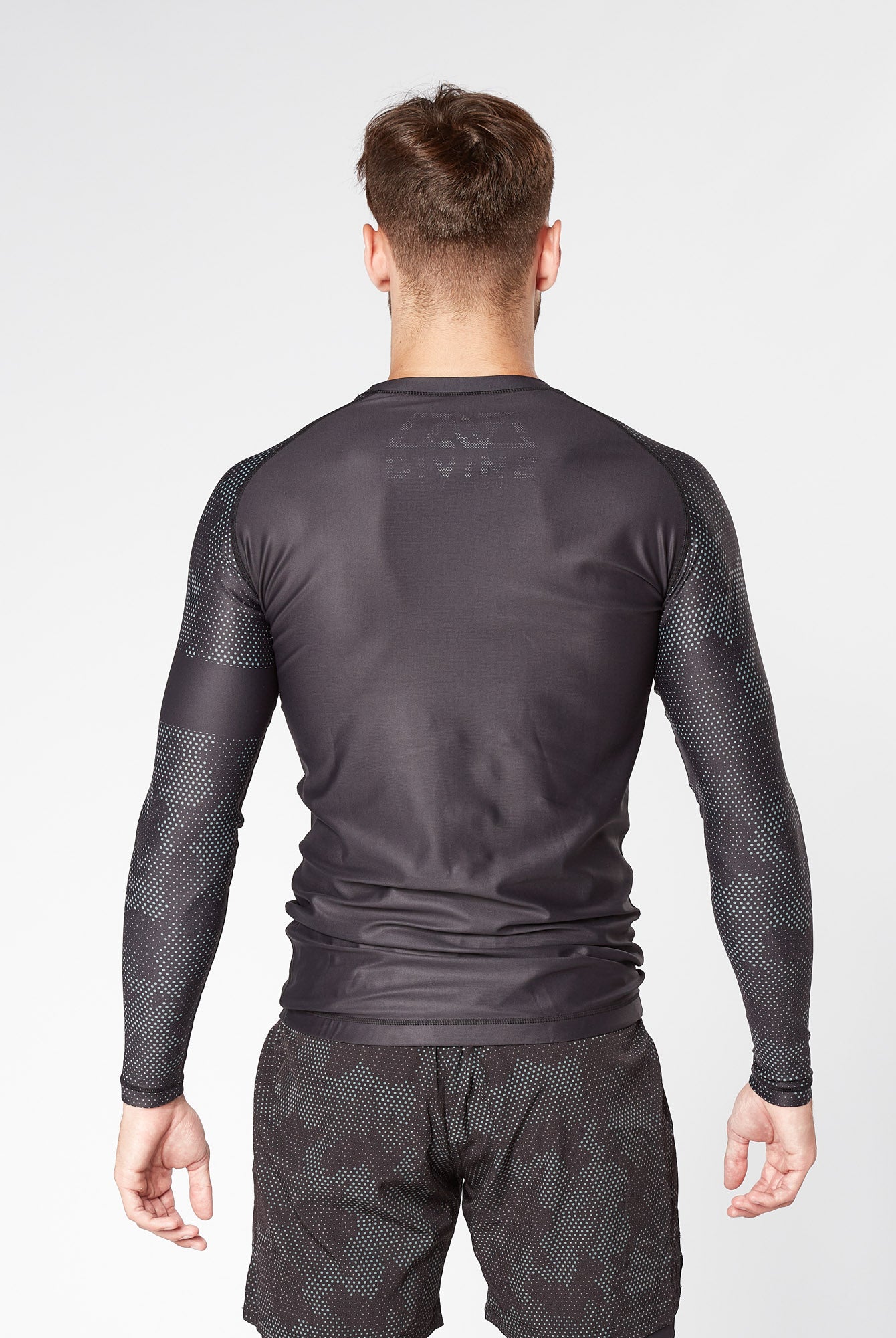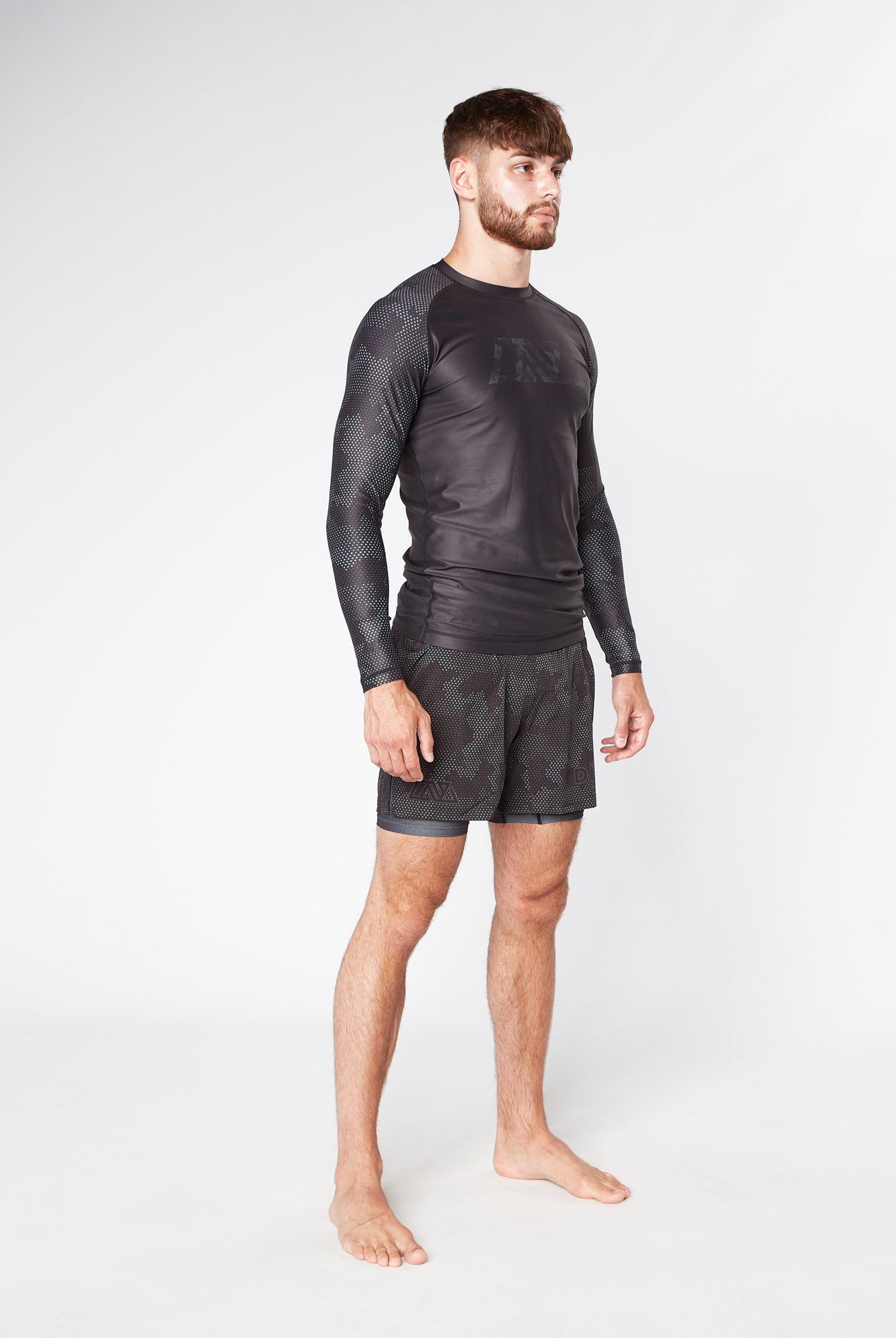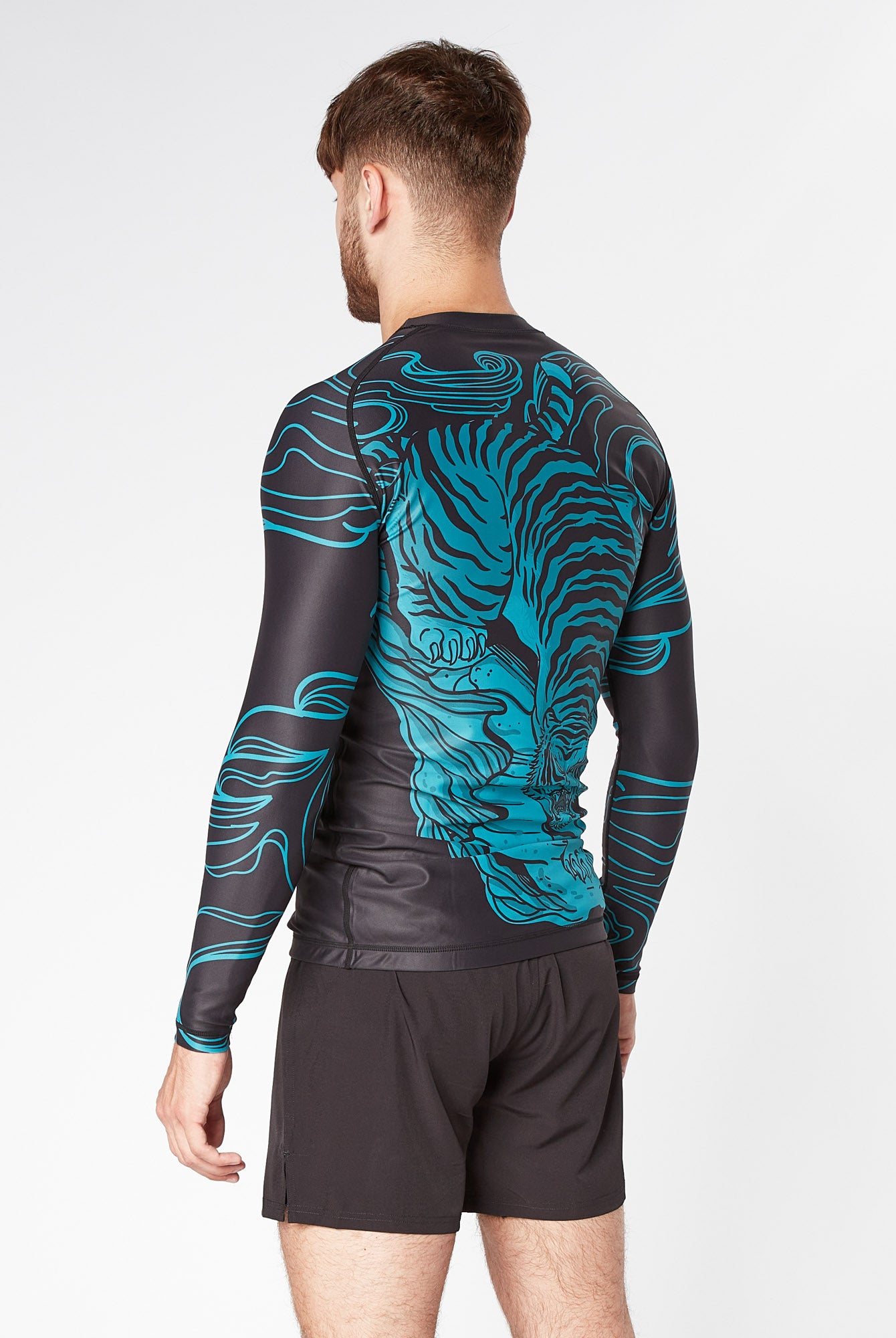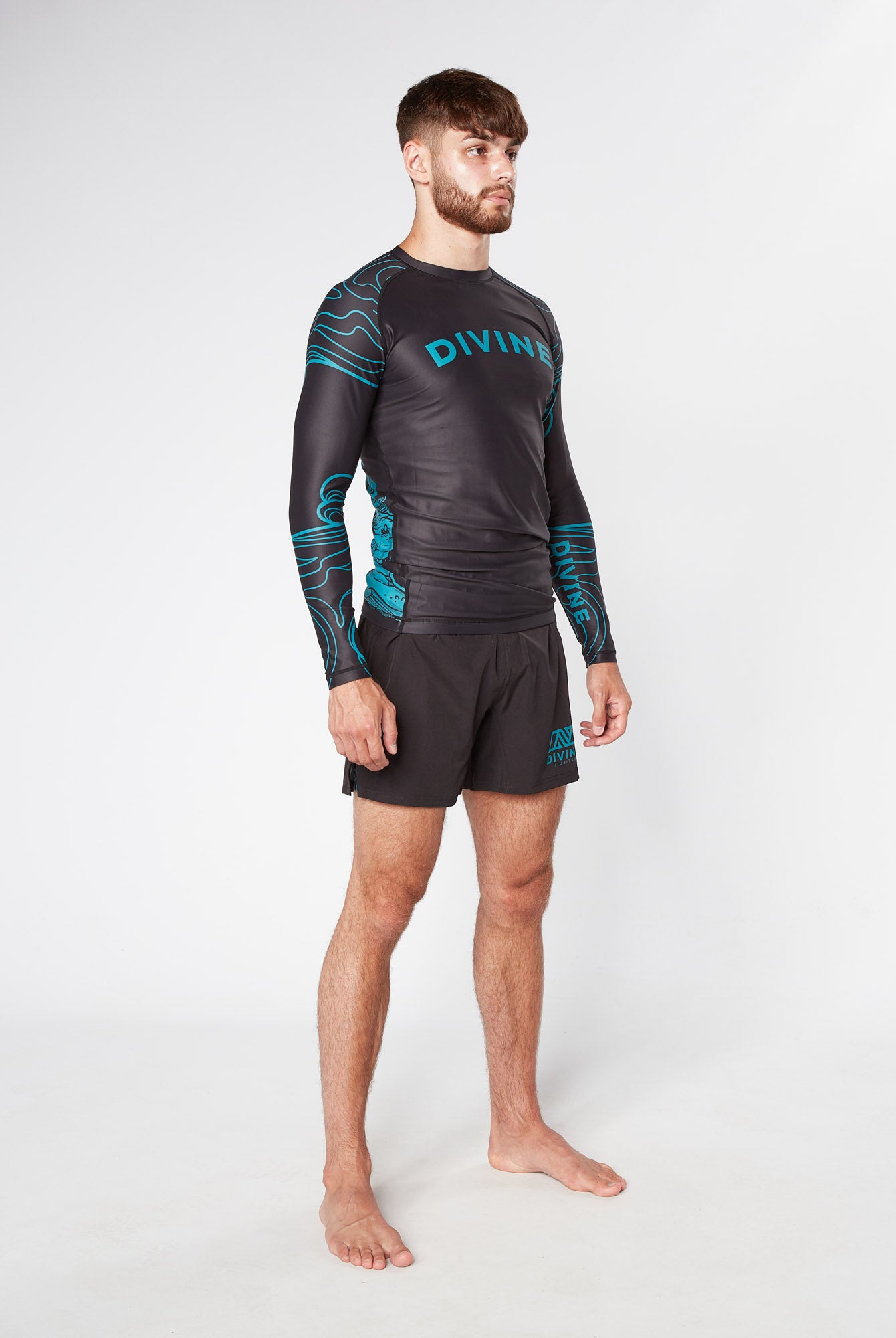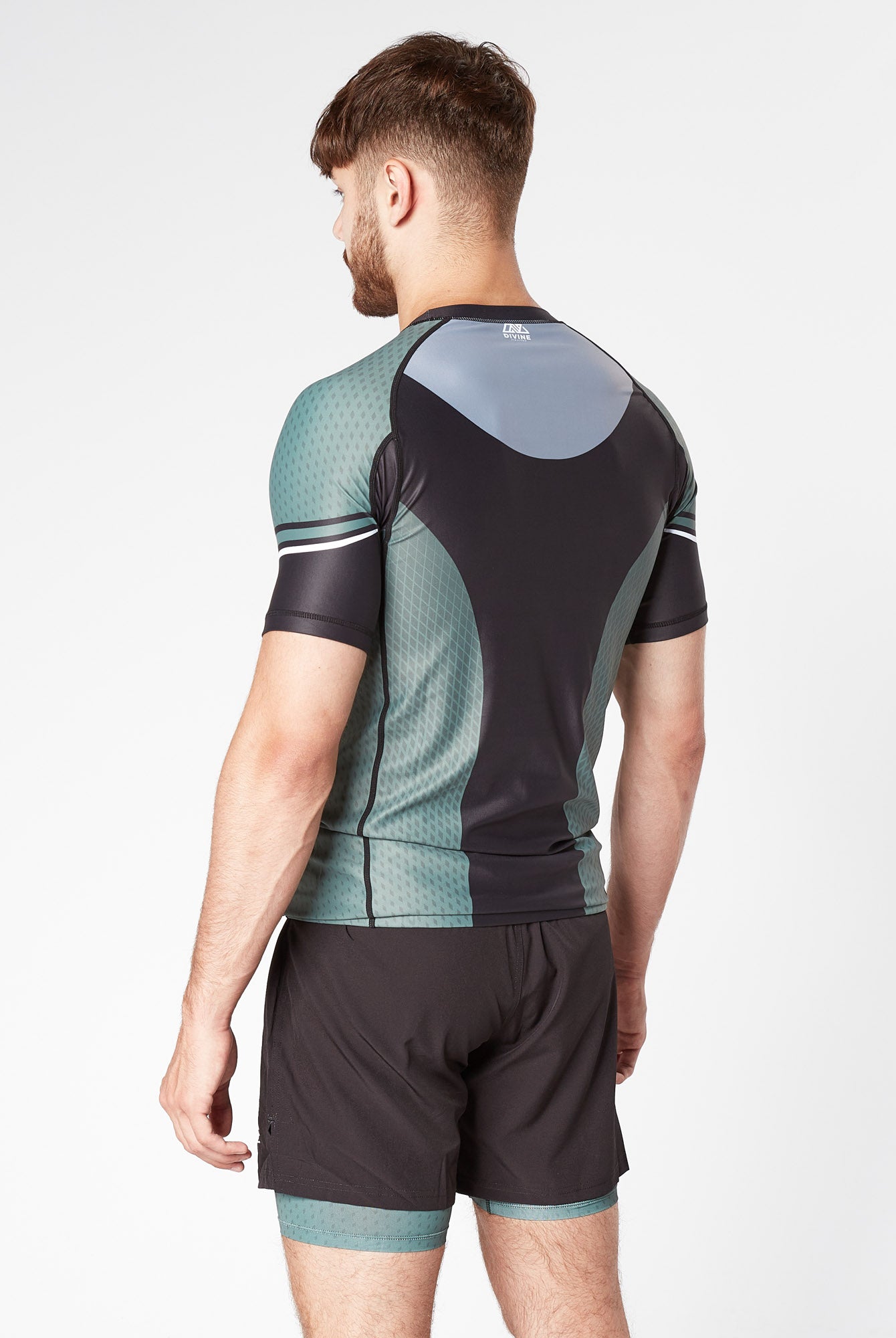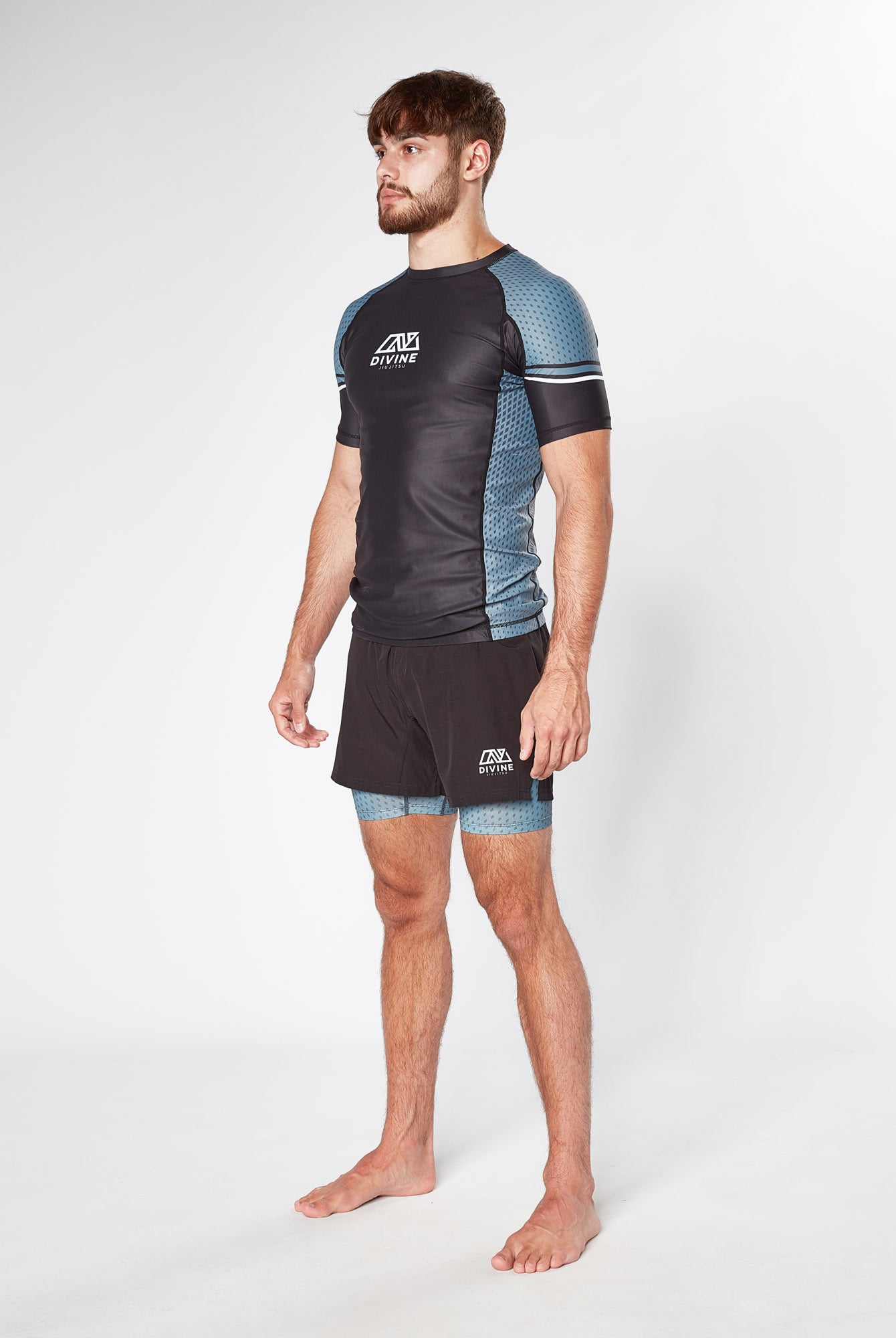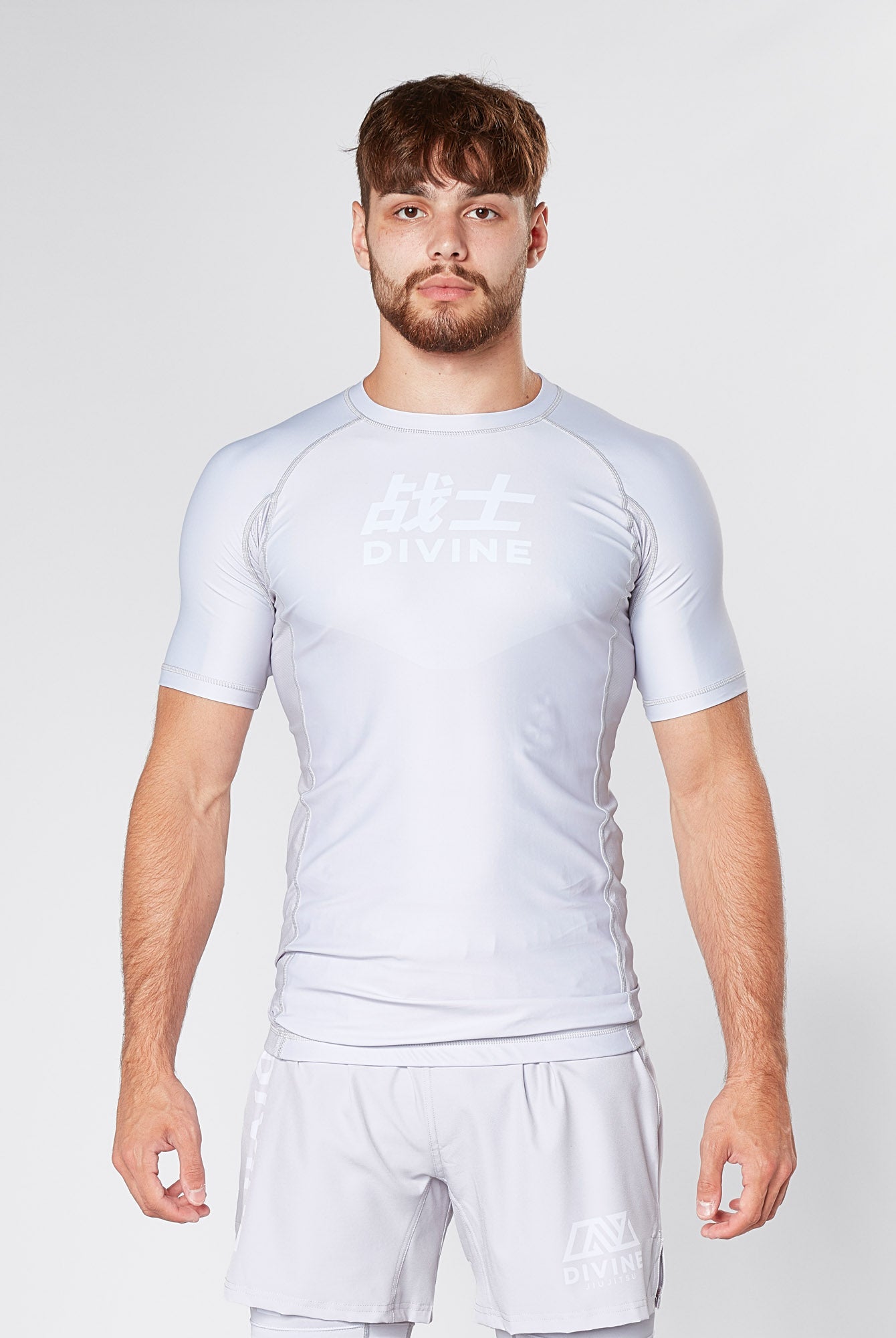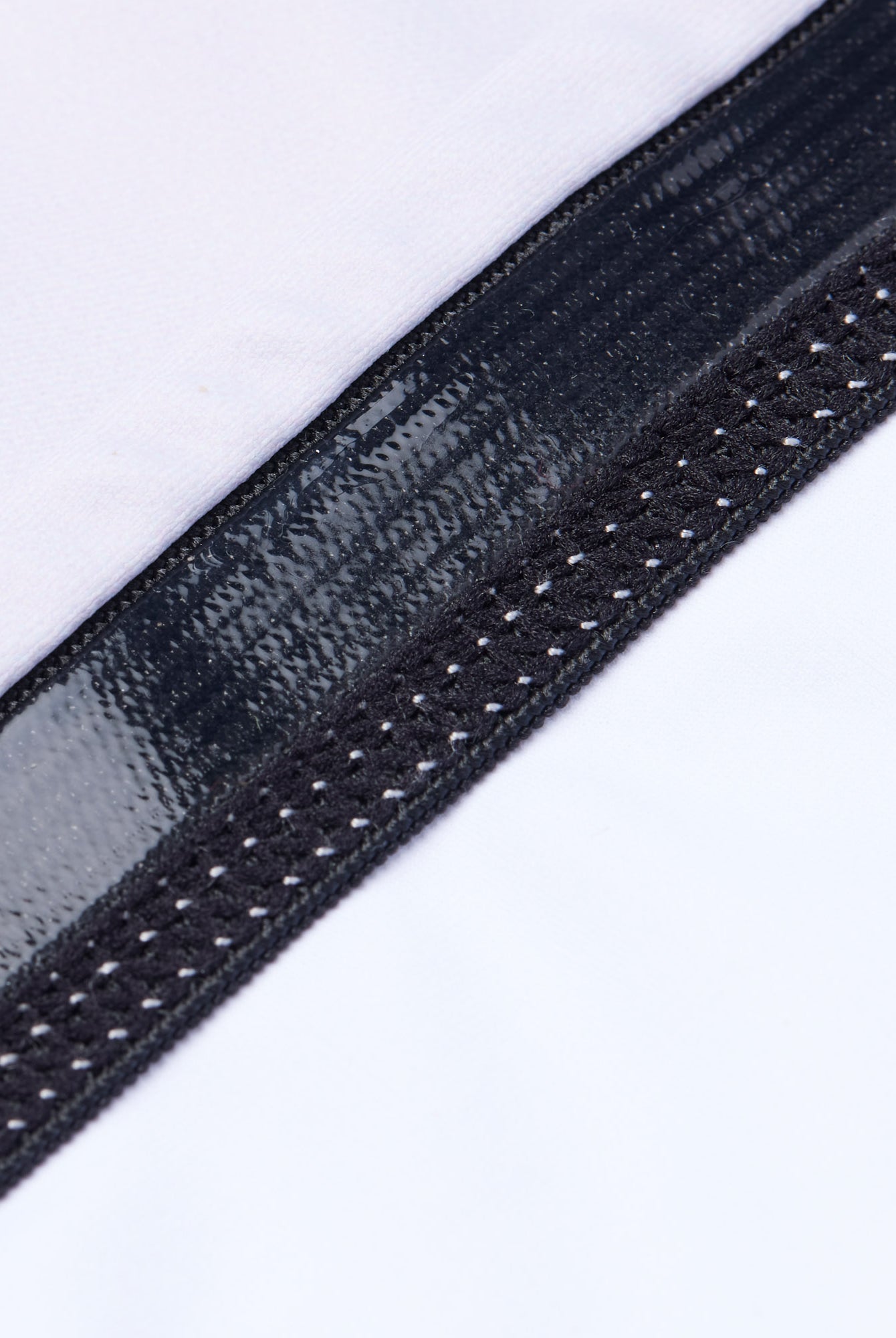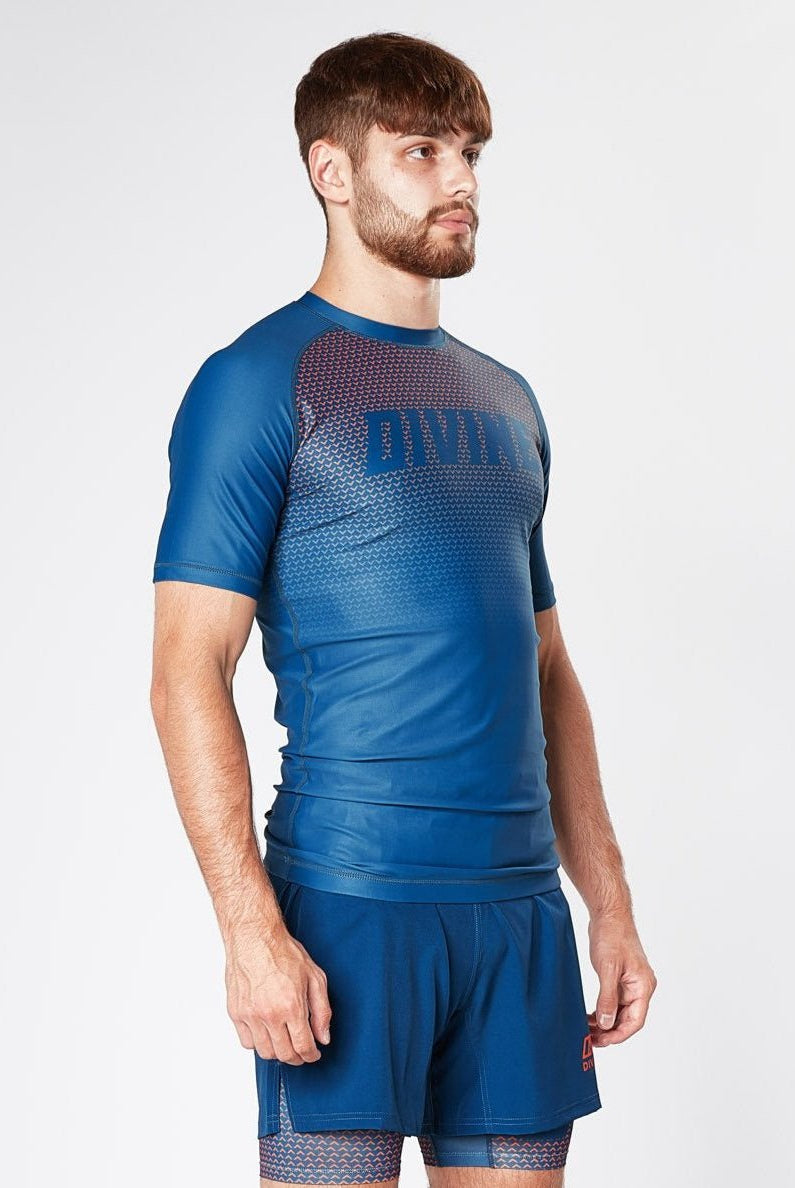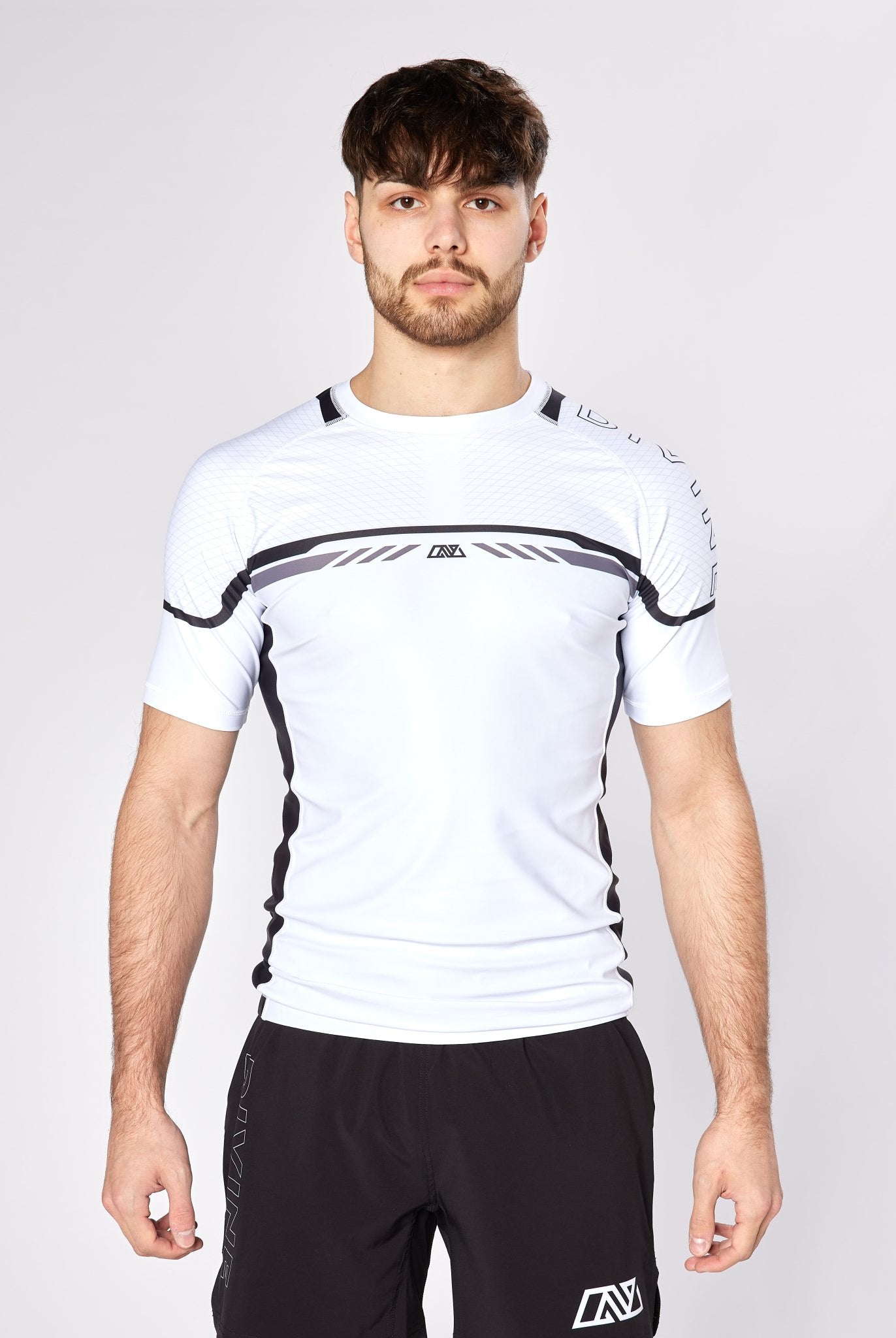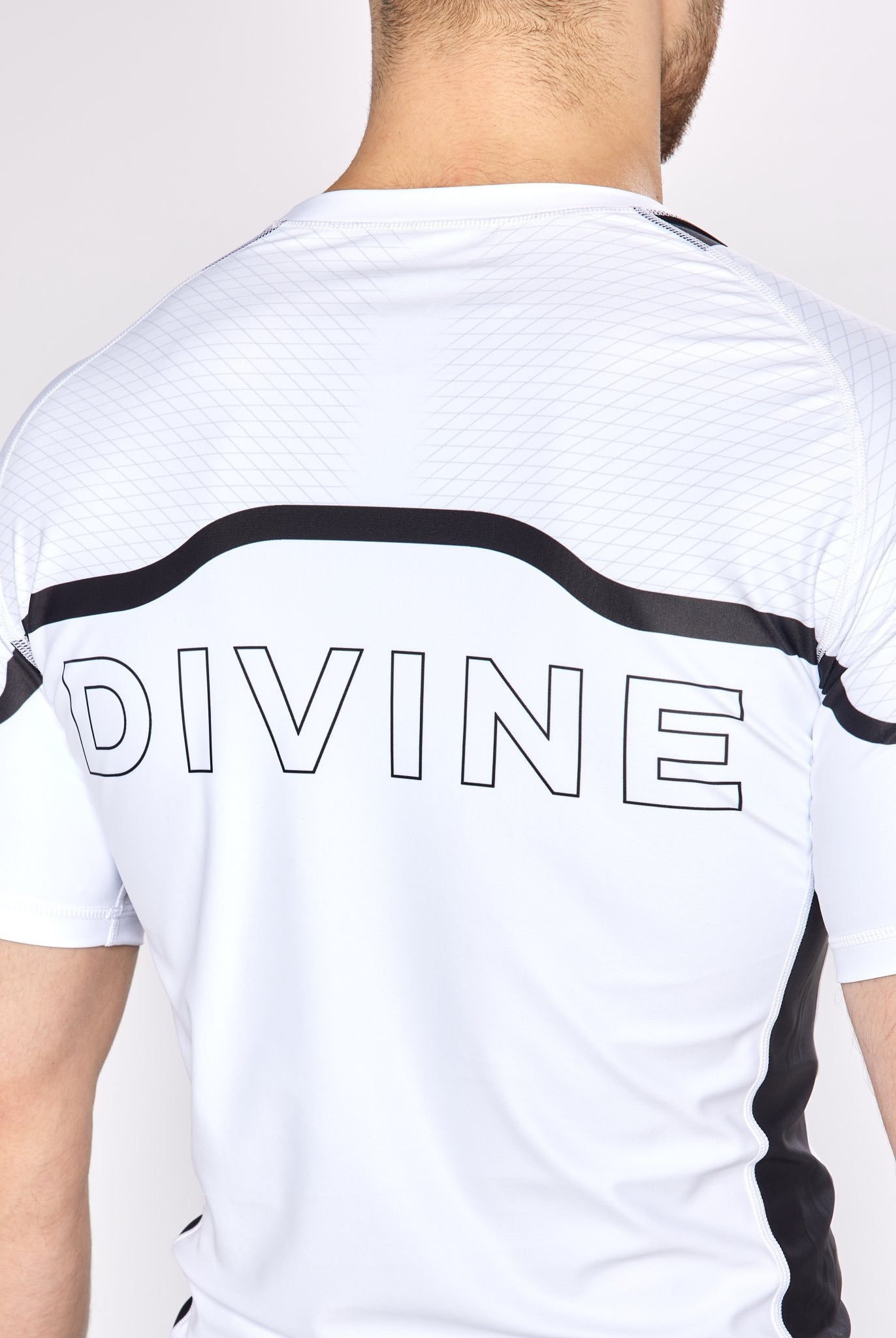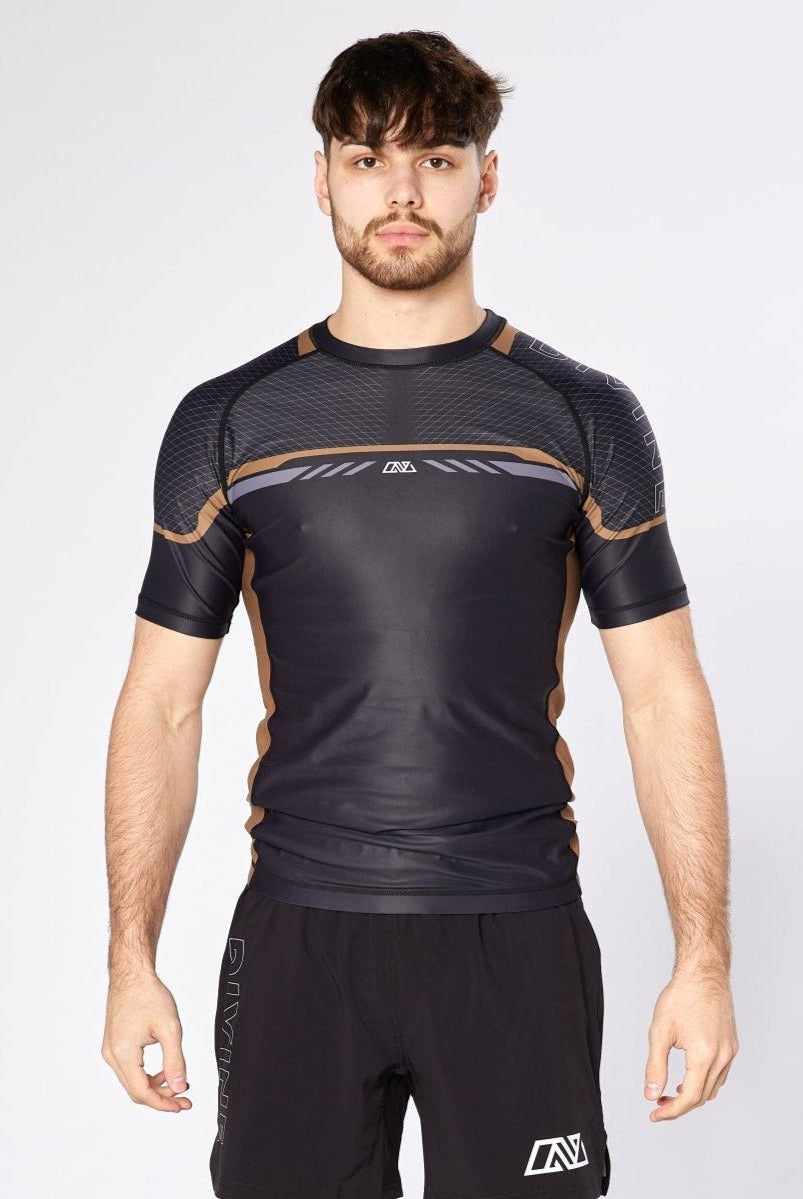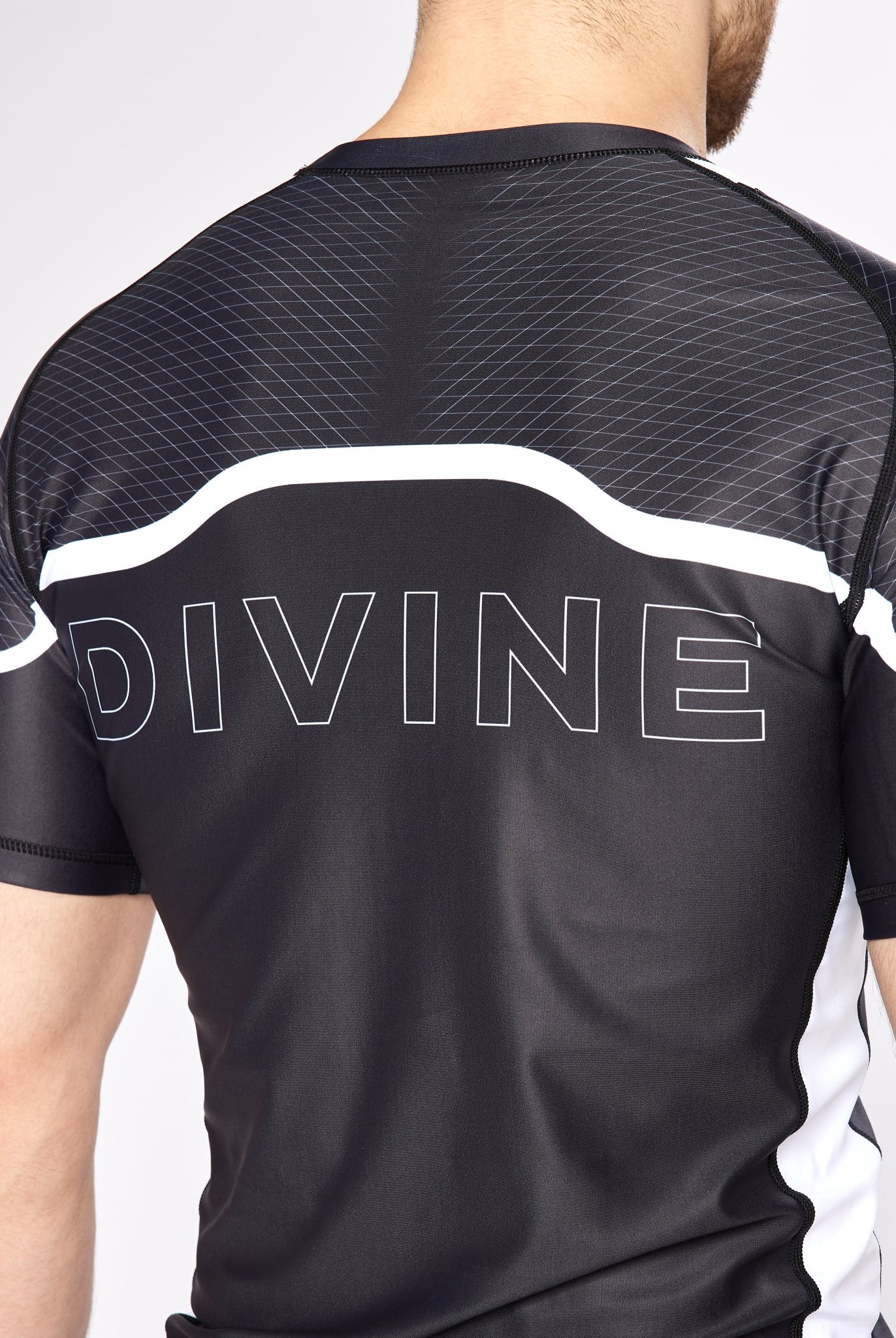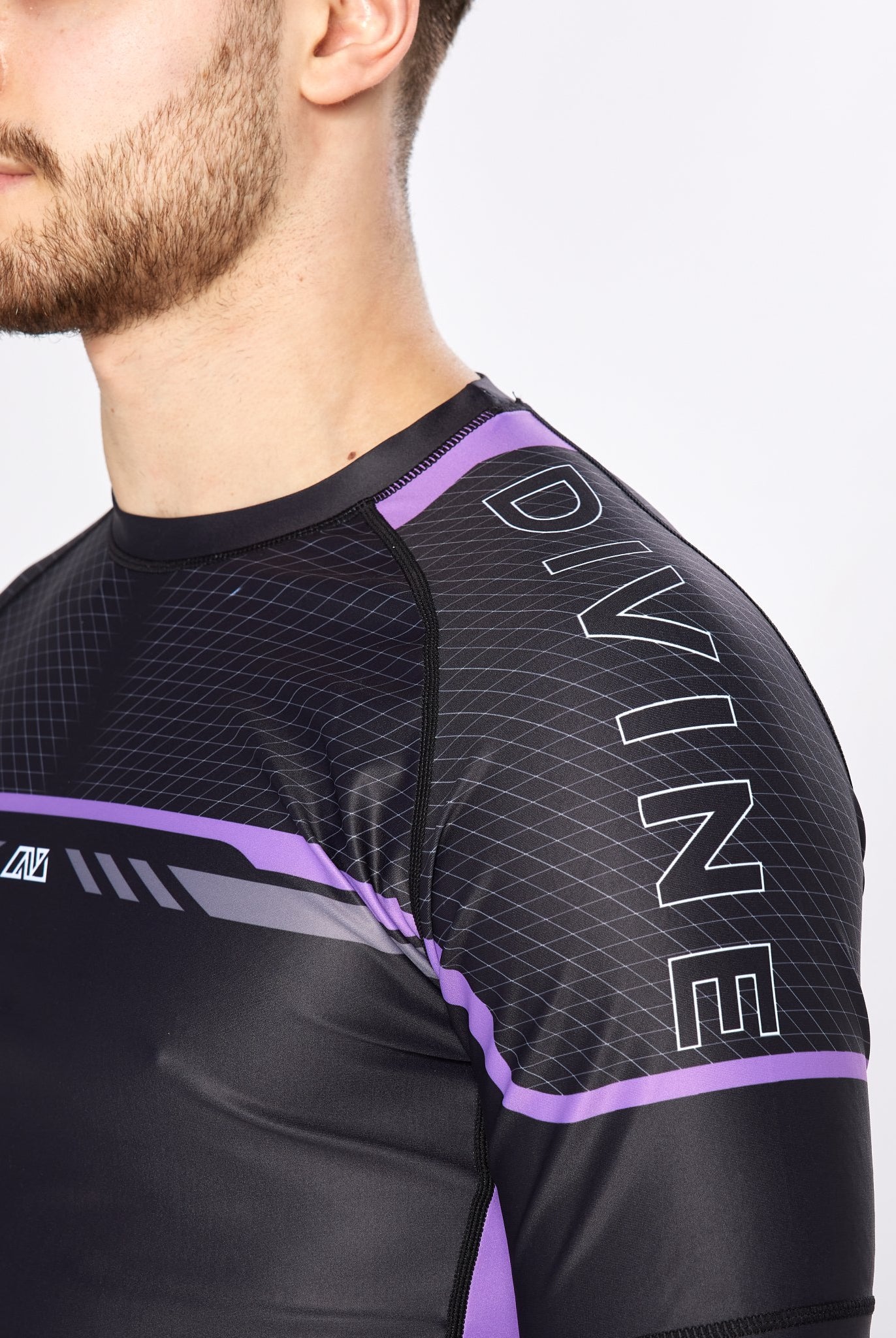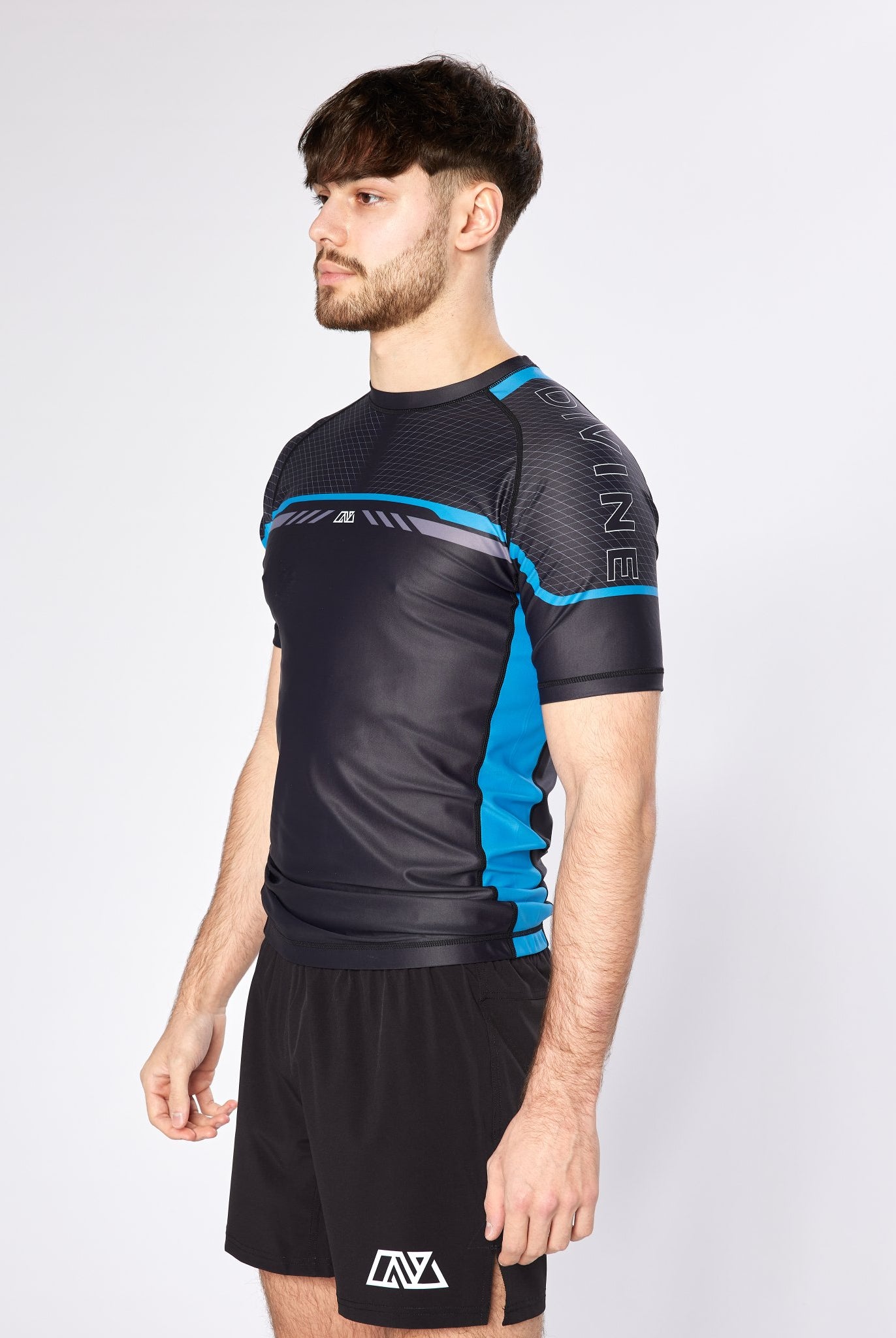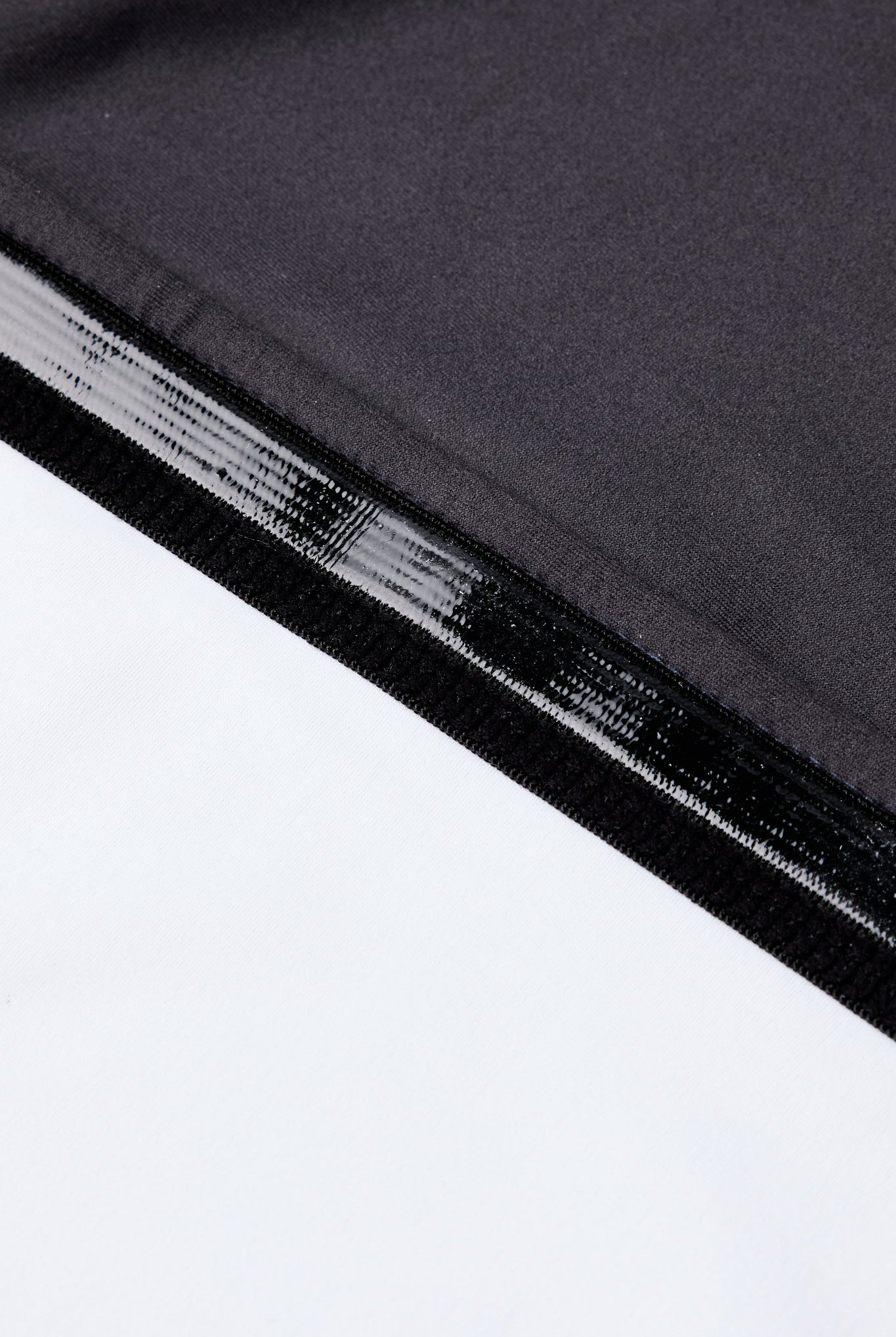Rash guards are a common choice among practitioners of Brazilian Jiu-Jitsu (BJJ), but many wonder if they are truly worth the investment. They offer benefits such as protection against skin irritation and increased comfort during training, making them a valuable addition to a BJJ gear collection.
While some may opt for regular shirts, rash guards provide specific advantages tailored to the demands of the sport. Their material is designed to wick away moisture and offer a snug fit, which can enhance movement and performance on the mat.
For those serious about their training, the right gear plays a crucial role in their journey. Choosing to wear a rash guard can improve both the experience and the longevity of training sessions, ensuring that practitioners focus on honing their skills without unnecessary distractions.
Benefits of Wearing Rash Guards in BJJ
Rash guards provide several advantages for practitioners in Brazilian Jiu-Jitsu. These include protection from skin irritations, improvements in muscle performance, and enhanced thermal comfort.
Skin Protection and Hygiene
Rash guards are designed to protect the skin from various abrasions and mat burns that can occur during training. The smooth fabric minimizes friction, reducing the risk of irritation.
Additionally, wearing a rash guard can help prevent skin infections. The tight fit and moisture-wicking materials create a barrier that limits the transfer of bacteria from the mats to the skin.
Practitioners should select rash guards with antimicrobial properties for added protection. They effectively reduce odors and maintain hygiene by preventing the growth of bacteria.
Muscle Compression and Performance Enhancement
Many rash guards offer compression benefits that can enhance blood circulation. Improved circulation can lead to better oxygen delivery to the muscles. This may enhance performance during intense training sessions.
The compression also provides support for muscles, reducing vibrations that could lead to fatigue. By minimizing muscle oscillation, it helps athletes maintain their endurance over prolonged sessions.
Furthermore, the snug fit can aid in muscle warmth, which can decrease the risk of strains. This supportive feature makes rash guards an important aspect of an athlete's gear.
Thermoregulation and Comfort
Rash guards play a crucial role in thermoregulation. They are typically made from breathable materials that help wick moisture away from the body. This keeps practitioners dry and comfortable even during rigorous activities.
In cooler environments, the snug fit of a rash guard can provide warmth without bulk. Conversely, in warmer settings, they promote airflow and prevent overheating.
This balance of temperature regulation contributes to overall comfort, allowing athletes to focus on their training. Choosing the right rash guard can significantly impact the training experience, making it an essential item for BJJ practitioners.
Material and Design Considerations
Rash guards are crafted with specific materials and designs that influence their performance in Brazilian Jiu-Jitsu. Key elements include fabric types, fit for movement, and aesthetic choices.
Fabric Types and Durability
Rash guards are commonly made from materials such as nylon, polyester, and spandex. Nylon is known for being lightweight and durable but may not have the moisture-wicking properties of polyester. Spandex offers excellent stretch, aiding in mobility while maintaining form.
Durability is essential for training wear. Look for reinforced stitching and higher denier fabric counts to prolong lifespan. A thicker fabric typically provides better protection against abrasions and tearing during intense grappling sessions.
Fit and Mobility
The fit of a rash guard plays a significant role in its effectiveness during practice. Rash guards should be snug but not too tight, allowing freedom of movement without restriction.
A good rash guard will have a 4-way stretch construction, enhancing flexibility in every direction. While some may prefer a longer cut to prevent ride-up, others may opt for a shorter style for increased ventilation.
Attention to seams can also improve fit and comfort. Flatlock stitching reduces chafing, making it beneficial for practitioners who spend long hours on the mats.
Design Aesthetics and Personalization
Design in rash guards goes beyond functionality; aesthetics can reflect personal style. Many brands offer vibrant colors, unique graphics, and customizable designs.
Personalization options allow athletes to add names, logos, or team colors, enhancing individuality. While aesthetics are important, ensure the design doesn’t compromise functionality or fit.
It's also worth noting that some rash guards feature UV protection. This can safeguard skin against sun exposure during outdoor training or competitions. Always consider both design and performance when selecting a rash guard.
Comparing Rash Guards with Other BJJ Apparel
Rash guards serve specific purposes in Brazilian Jiu-Jitsu training and competition. Comparing them with other apparel like BJJ gis and compression shirts highlights their unique benefits and drawbacks.
Rash Guards vs. BJJ Gis
Rash guards and BJJ gis differ significantly in function and design. A BJJ gi is typically a heavier garment made of cotton or similar material. It provides structure, allows for grip, and is essential for traditional gi training and competition.
Rash guards, on the other hand, are lighter, made from synthetic materials. They offer moisture-wicking properties, help regulate body temperature, and protect the skin from abrasion.
-
Usage: Gis are used primarily in gi training, where grips are utilized. Rash guards are often worn in no-gi scenarios or combined with shorts in MMA.
-
Versatility: Rash guards can also be used for other martial arts and fitness activities, making them more versatile for some practitioners.
Rash Guards vs. Compression Shirts
While both rash guards and compression shirts provide performance enhancement, they cater to different needs. Rash guards are specifically designed for grappling sports like BJJ, with features such as flatlock seams to minimize chafing.
Compression shirts, although similar in function by offering support, typically provide a tighter fit without the added features suited for grappling.
-
Breathability: Rash guards often have better breathability and moisture management compared to standard compression shirts.
-
Protection: Rash guards protect the skin from mat burns and infections, while compression shirts primarily offer muscle support and recovery benefits.
Each option has its own specialized traits, allowing practitioners to choose based on their unique training scenarios.
Selecting the Right Rash Guard
Choosing an appropriate rash guard involves understanding sizing, fit, materials, and brand reliability. The right selection will enhance comfort and performance during training.
Sizing and Fit Guidance
Finding the correct size is crucial for functionality and comfort. Rash guards typically come in a range of sizes, from small to XXL. Each brand may have slightly different sizing charts, so it’s essential to consult these before making a purchase.
It is recommended to measure chest, waist, and shoulder dimensions to select a suitable size. A well-fitted rash guard should be snug but not restrictive, allowing for mobility while preventing ride-up during grappling.
Stretch materials, such as spandex or polyester blends, offer flexibility and a tailored fit. Rash guards should also accommodate layering. If a practitioner prefers added insulation, consider wearing a light base layer underneath.



